Matt Stepp of the Information Technology and Innovation Foundation has a good post up now over at CommentVisions on speeding up the largely under-scaled, poorly structured world energy innovation system–a hobby-horse of ours here at the Metro Program.
Matt raises all the right themes: the need to pile onto STEM education; the need to build new physical infrastructure, from grid upgrades to EV charging stations; the imperative of increasing global RD&D investment by 200 to 500 percent from present levels, something we’ve been talking about for years.
But what I like best (predictably!) is Matt’s last point. Matt says that above all “we need to rapidly develop a strong public-private energy innovation system” that draws together the varied elements of the innovation system—businesses, financiers, universities, governments, trade associations, and so on—and that one way of doing that is by “promoting more public-private partnerships, collaborations, and clusters.”
Yes, exactly: Multi-party, multi-disciplinary partnerships and collaboration are central to high-velocity, 21st century innovation systems and for that reason the powerful mediating role of regions and regional industry clusters comes to the fore.
Why is that? Regions, places, the clusters of firms and related establishments within them matter intensely here because they provide a forum for fomenting and facilitating and optimizing all of those partnerships and collaborations. As Bruce Katz and I wrote last fall, clusters entail not just individual actors and inputs but how groups of actors and institutions organize themselves and interact within the given conditions to produce efficiency and value. In that fashion, the dynamics of clustering are critical to accelerating innovation because they encompass a broad array of synergies, “knowledge spillovers,” transactions, and relationships among firms, customers, and other actors that produce mutual benefit, generate firm and industry efficiency, speed deal-making, and reflect the intense, constantly changing interconnectedness of real-world local economies.
Along these lines, Matt is exactly right to stress the critical role of regional cleantech clusters in expediting energy system innovation through their proven ability to “leverage private-sector buy-in, multidisciplinary development teams, and cross-cutting industry collaborations.” No way is the innovation business mainly the province of lone inventors’ “Eureka moments” or one or two scientists tinkering in a garage, as Matt Stepp says. Instead, it’s much more in the line of a “here comes everybody” neighborhood rave, where all the elements of the innovation system are mashed together and things happen fast.
And by the way, look for much more about this next month, when we’ll release a new report on the regional nature of the clean economy in America. Then we will share some quite compelling evidence on the growth accelerating power of regional clusters in the clean economy.
The Brookings Institution is committed to quality, independence, and impact.
We are supported by a diverse array of funders. In line with our values and policies, each Brookings publication represents the sole views of its author(s).
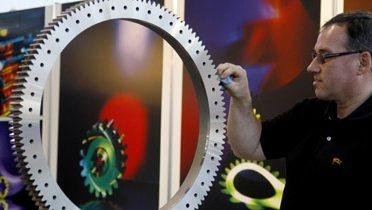
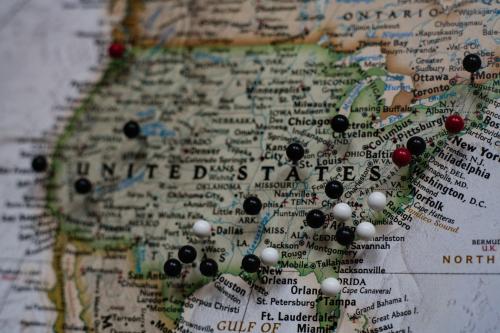
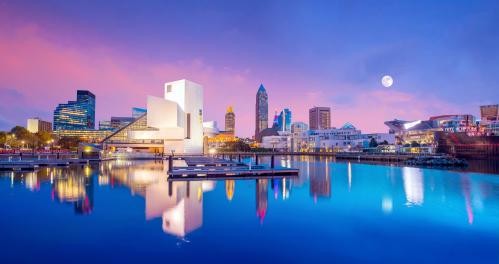
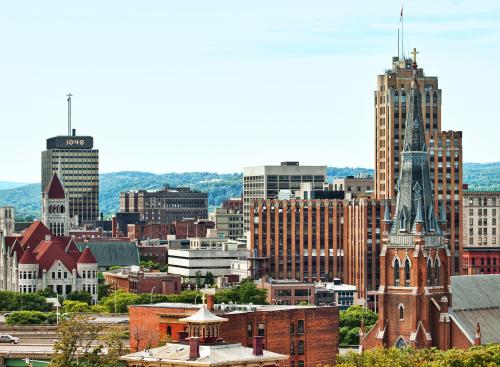
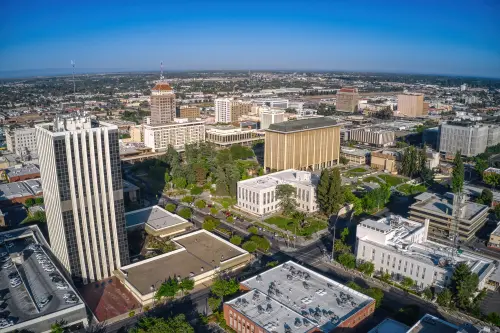
Commentary
Clustering for Cleantech Innovation
June 13, 2011